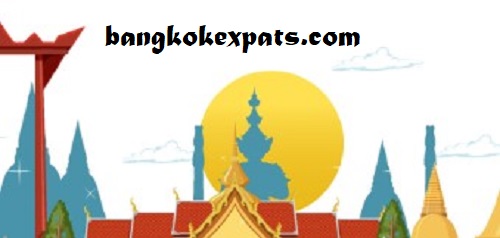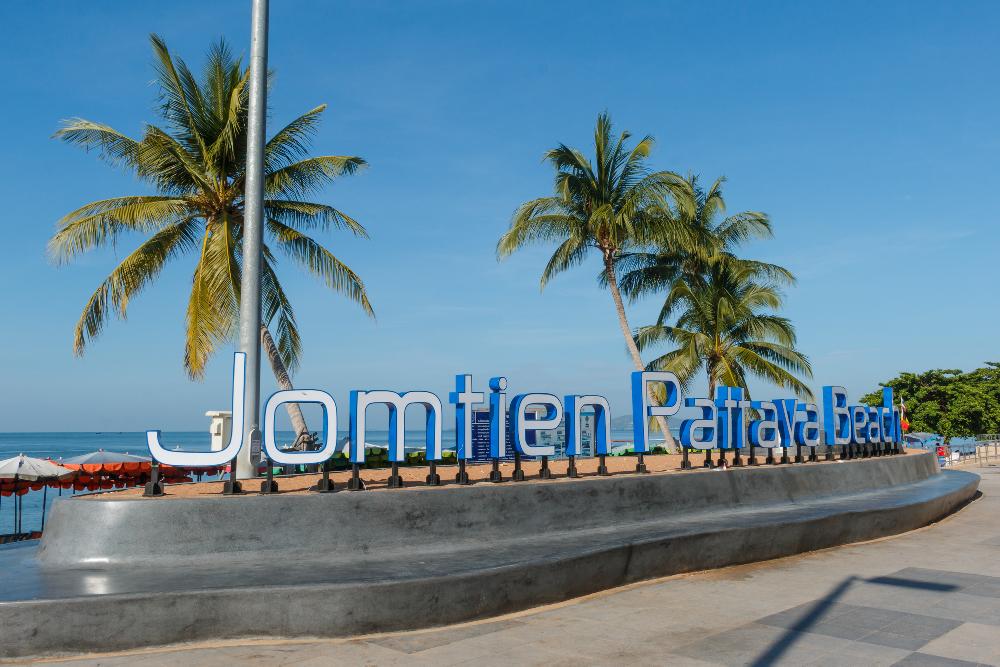Why are more and more people discovering Jomtien?
For decades, the name “Pattaya” was synonymous with the weekend escape for Bangkok’s residents and expats. It was the default answer to the question, “Where can I go for a quick beach fix?” The city’s energy was legendary, a pulsating mix of sand, sea, and non-stop nightlife. But a subtle shift has occurred. Just a few miles further down the coastline, Jomtien Beach has quietly evolved from Pattaya’s sleepy cousin into the preferred retreat for those seeking a more balanced, and ultimately more satisfying, coastal experience. To understand this shift, we need to rewind to the very roots of Pattaya’s modern identity.
Pattaya’s trajectory was forever changed during the Vietnam War. In the 1960s, the nearby U-Tapao airbase became a key strategic location for American forces. The tiny fishing village of Pattaya, with its crescent-shaped bay, was discovered by GIs on Rest and Recreation (R&R) leave. They brought with them a demand for entertainment, nightlife, and a release from the tensions of war. Almost overnight, bars, clubs, and guesthouses sprung up to cater to this new clientele. This established a template for tourism that would define Pattaya for the next 50 years.

In the ensuing decades, Pattaya boomed. For expats and Thais from Bangkok, it was the perfect, predictable getaway. The formula was simple: sunbathe by day, party by night. The Walking Street became an icon, a neon-drenched cathedral of hedonism. For many, this was exactly what they wanted. But for a growing number, the sheer intensity of Pattaya began to feel less like an escape and more like a different kind of urban grind. The traffic, the constant hustle, and the in-your-face commercialism started to overshadow the original appeal of the sea and sun.
This is where Jomtien enters the story. For years, it was simply “the quieter beach past Pattaya.” A long, straight stretch of sand that lacked the dramatic bay and the immediate convenience of its famous neighbour. But this perceived disadvantage became its greatest strength.
As Pattaya’s brand of tourism became more concentrated, Jomtien offered space—both physical and mental. The expat community, particularly those with families or a desire for a more serene lifestyle, began to drift south. They discovered that Jomtien offered a different, more sustainable version of the coastal dream.

So, what does Jomtien offer that modern-day Pattaya doesn’t?
First and foremost, ambiance. Jomtien’s beach is wider and longer, perfect for long, uninterrupted walks or jogs. The vibe is palpably more relaxed. You’ll find families building sandcastles, couples strolling hand-in-hand, and fitness enthusiasts taking advantage of the open space. The water quality is generally better, and the atmosphere is more in line with a traditional Thai beach holiday.
Second, diversity of lifestyle. Jomtien has matured into a fully-fledged community. While it has its own, more subdued nightlife scene, it’s not the main event. Instead, you’ll find a fantastic array of dining options, from simple, authentic Thai seafood restaurants right on the sand to international cafes and bistros catering to a discerning expat palate. The area is a hub for sports and wellness, with numerous gyms, yoga studios, and water sports outlets. The nearby Dongtan Beach, in particular, has become a popular and friendly spot for the LGBTQ+ community.
Third, accessibility and value. The journey from Bangkok is just as easy, with the motorway spitting you out conveniently for Jomtien. Once there, you’ll find a wide range of accommodation, from high-value guesthouses to luxury condos, often offering more space and better views than their Pattaya equivalents for the same price. The famous Pattaya Park resort with its water slides and iconic tower is actually in Jomtien, providing a classic family-friendly day out.
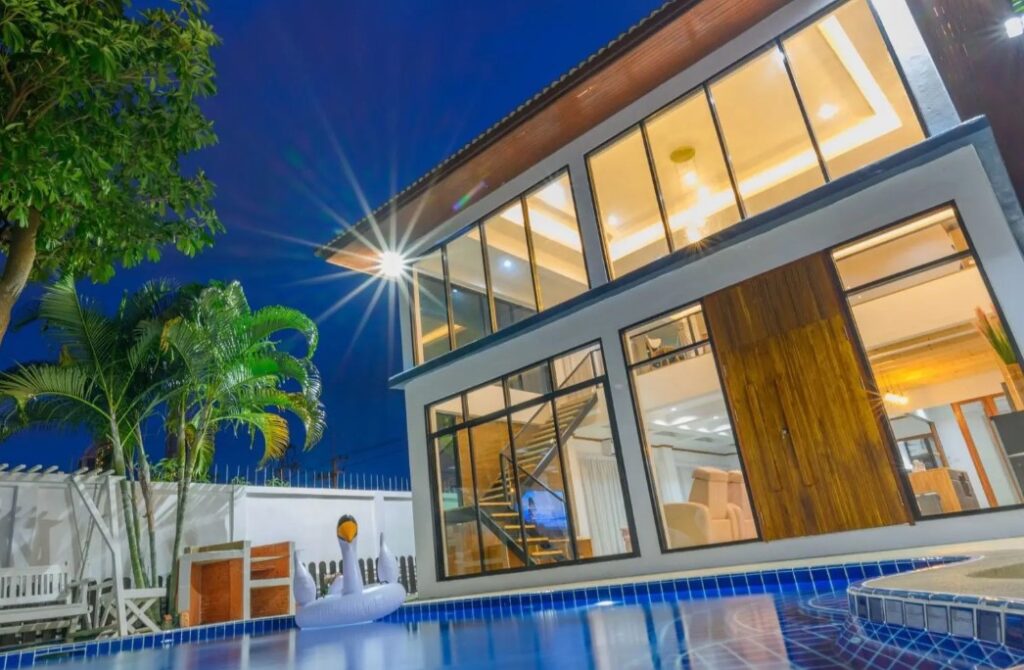

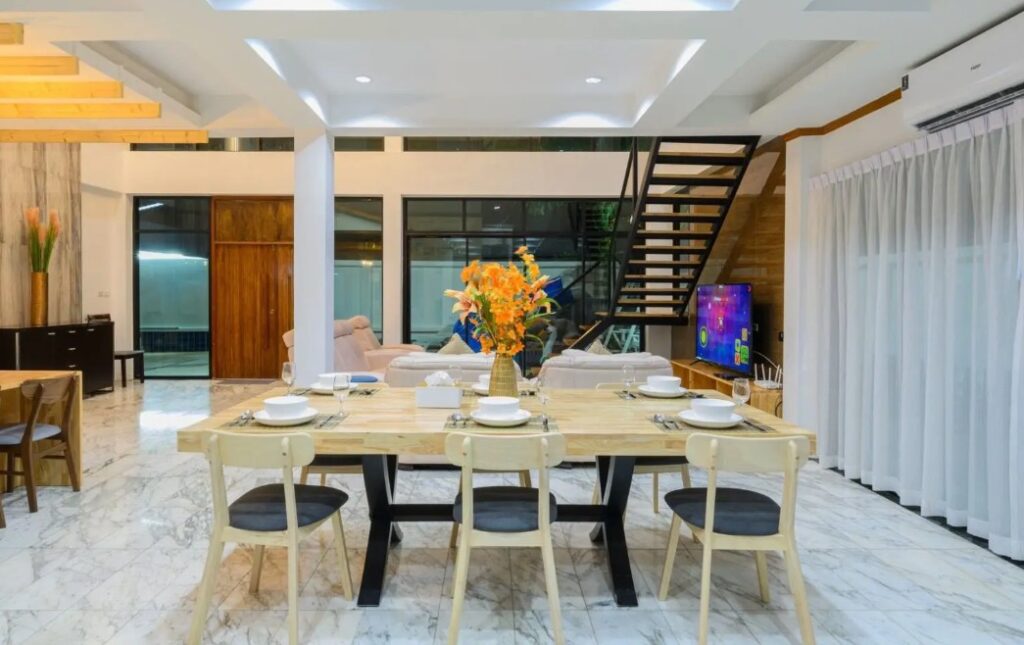
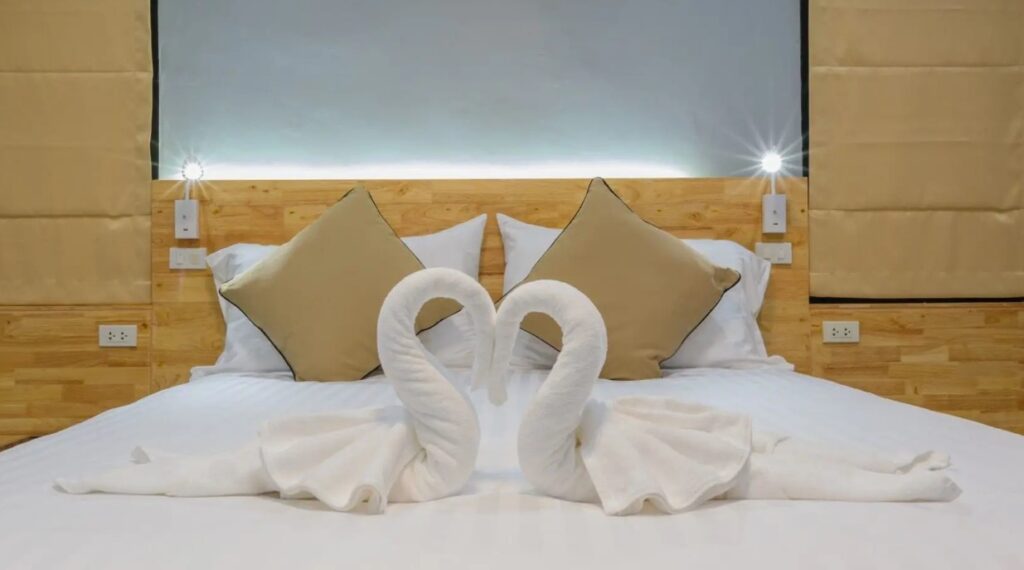
Ultimately, the shift from Pattaya to Jomtien represents an evolution in what we seek from a weekend escape. The post-war R&R model, built on quick thrills and sensory overload, has given way to a desire for genuine relaxation and quality of life. We no longer just want to get away; we want to recharge.
Pattaya will always have its place. Its energy is unique, its history undeniable, and for those seeking that specific brand of excitement, it remains unparalleled. But for a growing majority of Bangkok expats and Thai families, the real escape now lies just a few miles down the road. Jomtien hasn’t tried to become Pattaya; it has confidently become its antithesis—a true retreat where the sound of the waves finally drowns out the noise of the city.

